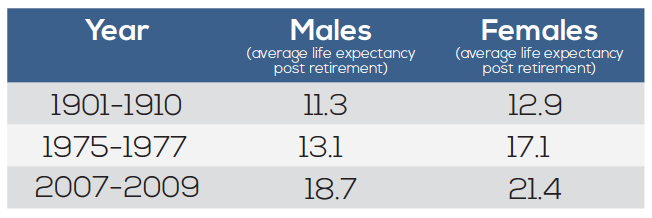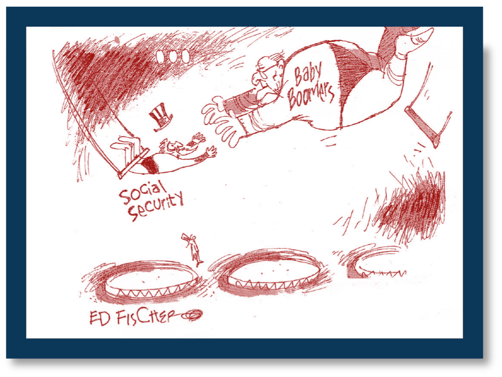Disclaimer
Information provided on this website is general in nature and does not constitute financial advice. Every effort has been made to ensure that the information provided is accurate. Individuals must not rely on this information to make a financial or investment decision. Before making any decision, we recommend you consult a financial adviser to take into account your particular investment objectives, financial situation and individual needs.
Less Politics, More Economics – The Verdict Budget 2014/15
THE BUDGET WE HAD TO HAVE!
“The Budget should be balanced, the Treasury should be refilled, public debt should be reduced, the arrogance of officialdom should be tempered and controlled, and the assistance to foreign lands should be curtailed, lest Rome will become bankrupt. People must again learn to work instead of living on public assistance.” – Cicero , 55 BC
We can’t help but think Cicero was on the money (no pun intended) when he proclaimed these words so long ago. Now 2,069 years later, our countries leaders are struggling to find the ‘straight talk’ to deliver in essence this same message. Instead and regardless of positive intent, poor strategy, poor communication and poor media management have combined to kill the story of the budget and its real purpose.
Politics aside let’s look to the facts, the real economics behind the 2014/15 Budget and our verdict – The budget we had to have!People weren’t ever going to like this budget, it is tough and it will hurt everyone. There are many budget measures we’d advocate for change (is the age of entitlement really over for everyone…), however we are broadly supportive of it’s purpose and we do believe it’s the ‘budget we had to have – here’s why.
1. Government spending
The International Monetary Fund has shown that of all the major countries it monitors;
- Australia was facing the fastest growth rates of government spending
- Australia had the third-most significant jump in net debt
We do agree that right now Australia does not really have a ‘budget emergency’: the budget deficit has not come anywhere near the 10% of GDP levels that sparked concern in the US, parts of Europe and Japan.
That said, the budget is always about balance and Australia does have a budget problem. After the biggest boom in our history, there is an argument for stating that the budget should be in better shape.
“In 2006 Ireland’s net public debt was close to where Australia’s is now and yet it skyrocketed when its boom turned to bust. Given our resources boom and 20 plus years with no recession we should be much closer to Norway which is running huge surpluses and negative net public debt (-205% of GDP).” Dr Shane Oliver, Chief Economist AMP
Against this backdrop, the 2014-15 Budget is a step in the right direction with the measures put in place to control spending growth over the medium to long term likely to put it on a sustainable path.
Without some fiscal repair, Australia was exposing itself to huge risks, if and when the cycle turns negative.
2. Australia is facing a longevity crisis.
The age pension has been set at 65 years since it was introduced over 100 years ago (1909). In 1910 the average life expectancy of a 65 year old (post retirement) was on average 12.1 years, in 2009 20.25 years – the government is now funding payments for an extra 8 plus years.
The below chart compares retirement ages and life expectancies in 2009 with those from 1901. Figures are based on ABS Australian Historical Population Statistics 2008; ABS Deaths. Australia, 2009.
Medical technology has prolonged both the quality and the quantity of life. However we aren’t working any longer to pay for this.
There is an interesting irony in the government’s decision to allocate the $7 dollar GP surcharge to a $20 billion medical research fund. It goes without saying that we all hope this money leads to a great many medical breakthroughs, which will inevitably prolong our lives even further…
Putting even more pressure on the social security system is the ‘Boomer Impact’.
In the next 20 years the number of people over 65 years in Australia is set to double.
- 13% of the population were aged over 65 in 2011 (2.9million people)
- 19.9% of the population will be aged over 65 in 2031 (5- 7 million people)
Based on conservative figures Australia would need to find a whopping extra $13 billion dollars per year to support it’s ‘boomer’ pensioners.
Interestingly, around 80% of Australians who have reached Age Pension age currently receive a full or part Age Pension. Some couples who hold more than a $1 million in assets (in addition to the family home) are currently eligible for a part Age Pension.
The other challenge that comes with the retirement of the baby boomers is the issue of productive workers leaving the workforce.
The impact here is twofold;
- Less workers to do the work will potentially impact on productivity and consequently economic growth.
- If there are less workers earning an income, there will be less tax revenue collected to fund the burgeoning pension bill.
In effect this will place the economy in a pincer movement which unless managed very deftly by successive governments over the next 20 years will deliver genuine potential for the budget emergency that has been mooted.
These statistics all come together to paint a dramatic picture of the demographic, market and regulatory landscape around retirement incomes and why things have to change.
Just a “myth”, “no emergency” they say, we’ll let you be the judge of that!



